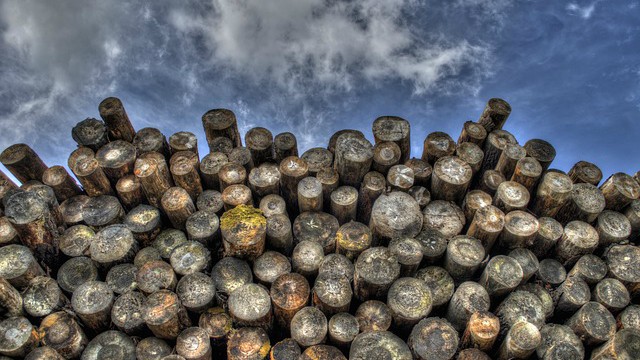Lumber stocks have been soaring.
With the U.S. housing market steadily recovering, and strengthening demand from China, companies like Canfor Corporation (TSX:CFP), West Fraser Timber Co. Ltd. (TSX:WFT), and Interfor Corporation (TSX:IFP) have been booming.
Increasing returns, stronger pricing, and improving efficiencies have sent these stock prices soaring in the last few years.
Let’s take a look at this group to see where they are and figure out where they are going.
Canfor has seen its stock rise 90% since January 2017 off these positive fundamentals as well as company-specific cost reductions.
In the latest quarter, the company reported a 7% sequential drop in manufacturing and product costs, a 43% year-over-year increase in gross profit, and a tripling of adjusted EPS to $0.89.
Going forward, the ongoing softwood lumber dispute is a risk, and since Canfor has a high percentage of its lumber capacity in Canada (70%), this will likely keep a lid on the shares until a resolution is reached.
Canfor Pulp Products Inc. (TSX:CFX), which owns low-cost mills in western Canada and is 53.6% owned by Canfor Corp., has also seen its stock soar in recent times, as the company benefits from Chinese demand for softwood pulp and strong global pulp prices.
The stock is 60% higher than January 2017 levels.
West Fraser has climbed 78% since January 2017, and as the biggest and the lowest-cost lumber producer in North America, it has also been benefiting from strengthening market fundamentals.
The fact that 50% of production is out of the U.S. is a positive, but the company is still vulnerable to the softwood lumber dispute, and given the recent share price strength and the cyclical nature of the business, it seems like further upside in the near term will not be as easy.
On to Interfor, which reported better-than-expected results in the latest quarter (the fourth quarter of 2017).
Revenue increased 20%, and EPS came in at $0.60 compared to consensus expectations of $0.50, as demand and pricing was strong.
With regard to the softwood lumber dispute, less than 20% of Interfor’s total production is made of Canadian production being shipped to the U.S., and so it is less vulnerable to this issue.
Interfor’s balance sheet is strong, and investors can expect this to support growth through acquisitions and/or projects.
This year should see continued strength in the housing market in the U.S. as well as continued strength in demand from China, which should translate into continued strong demand for lumber products. And with North American supply remaining constrained, the market should remain strong.
And while it seems that a lot of the good news is priced in to these shares already, Interfor is the one that should have the most upside with lower risk.
The lumber dispute and the magnitude of export duties are the biggest risk at this time.








